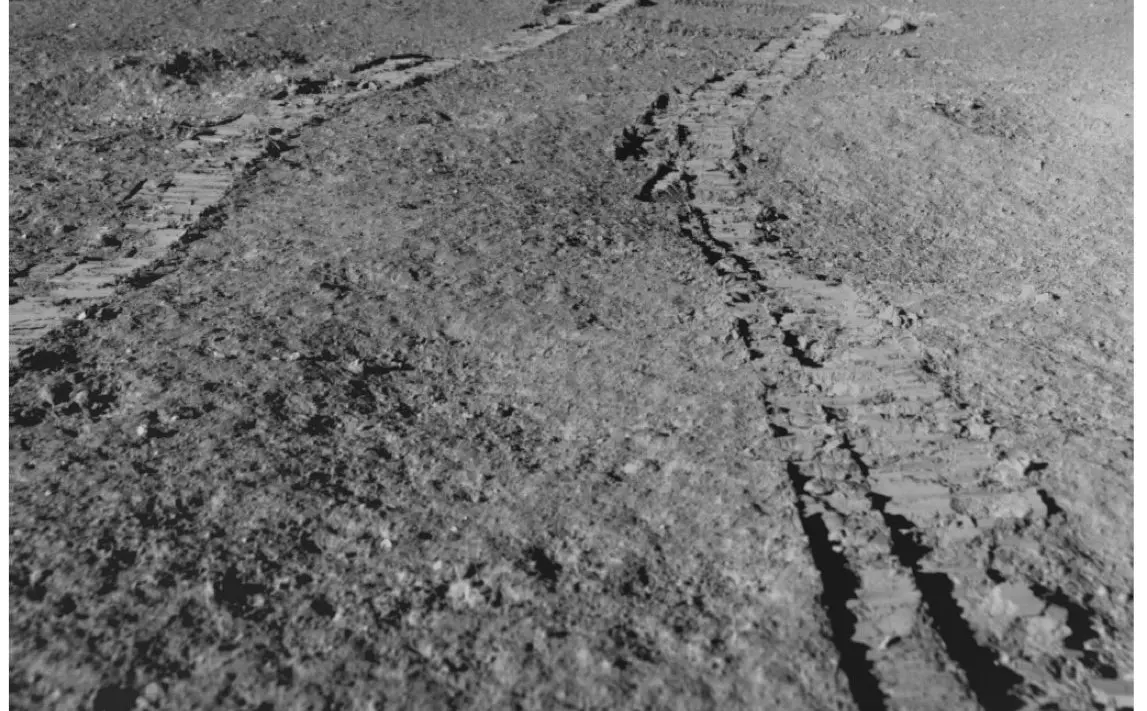
Pragyan rover successfully rerouted after encountering crater on moon surface
This feat has boosted confidence in the space agency’s control room back home, which continues to guide and monitor the rover

In a major development for India’s lunar mission, ISRO has successfully rerouted Pragyan rover after it encountered a large crater ahead of its location on the moon’s surface. The rover is now headed on a new path.
The ISRO tweeted on Monday (August 28) to share that the rover had spotted the crater a safe three metres from the edge and had been directed to a safer path. This feat has boosted confidence in the space agency’s control room back home, which continues to guide and monitor the rover through several such challenges. The Pragyan rover’s movements are not fully autonomous and are controlled by ISRO in Bengaluru with each step needing tactful planning and execution, involving various steps.
According to reports, for every route planning, onboard navigation camera data needs to be downloaded to the ground for the generation of a digital elevation model (DEM). Then, the ground and mechanisms team decide which path to take and uplink the command for the rover to follow.
The solar-powered rover will amble around the relatively unmapped region and transmit images and scientific data over its two-week lifespan. With only 10 days remaining for the completion of one lunar day, Nilesh M Desai, Director, Space Applications Centre (SAC) on Sunday told news agency ANI that the Chandrayaan-3’s rover module Pragyan, moving on the surface of the moon, is in a “race against time” and that the ISRO scientists are working to cover a maximum distance of the uncharted South pole through the six-wheeled rover.
He said that the moon mission’s three main objectives were: soft landing on the lunar surface, movement of the Pragyan rover and obtaining science data via payloads, attached to the rover and lander Vikram. "Our two main objectives have been accomplished successfully, but our third objective is underway," the scientist said.
Earlier on Sunday, the ISRO said the Chandrayaan-3 mission’s lander module has successfully begun doing its set of experiments and subsequently relaying them back to the country's space agency's headquarters.
The space agency has also released a graph of the temperature variation on lunar surface with increase in depth measured by the ChaSTE payload onboard Chandrayaan-3’s Vikram lander module. The payload has a temperature probe equipped with a controlled penetration mechanism capable of reaching a depth of 10 cm beneath the surface.

